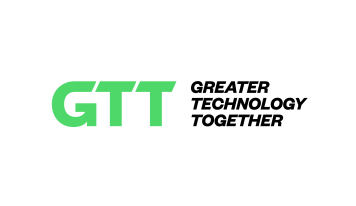Thanks to TechDirt I decided to poke around in the actual RTI Patents that have caused the web outcry since RTI sued Google. Jerry Weinberger the man behind RTI patented least cost routing back in the late 1970s and this is basis along with another patent for the lawsuits against the various companies he sues and collects money from.
Least cost routing was the leading edge of technologies in the early 1980s as competition finally was allowed in the phone business. During those early days the rates for various phone calls to various destinations varied widely and it would make sense to use AT&T for calls to
The above is just a hypothetical case of course and it should be noted that rates use to vary by time of day as well. A human could not keep track of who was the best carrier per call but a computer could.
Remember now, these were the dark ages of telecom and technology where a box of index cards was the best contact management system and entry level computer cost hundreds of thousands of dollars!
Here are the abstracts of the two patents:
Patent 1
Least cost routing device for separate connection into phone line
Abstract
A device interconnects within the phone line coming from a first phone and routes telephone calls along a least cost route originating from the first telephone to a second telephone via the network. A housing forms an enclosure and has a first jack for interconnection to the phone side of the phone line and a second jack for interconnection to the network side of the phone line. The housing forms an enclosure which includes a switch for disconnecting the first phone from the network. The device generates a source of current through the switch to the first phone corresponding to the amount of current provided by the phone network. A database stores billing rate parameters for determining various communication paths of different carriers based on parameters such as the time and date of the call. Phone calls from the first phone are detected and stored. The database is addressed and a plurality of communication switch paths are identified as well as the cost rate of each path. The cost rates for each identified path are compared to determine a least cost route for the call. The device generates a number sequence corresponding to a desired carrier so that the dialed call is routed through the second jack and phone line to the selected communication path and carrier so as to establish a switched connection between the first and second phones.
Method and system for updating a call rating database
Abstract
A method and system for updating a database stores billing rate parameters for call rating devices associated with a calling station. The calling station calls at a predetermined date and time a rate provider, which includes billing rate parameters for a plurality of calling stations. The call rating device transmits over the telephone network to the rate provider the phone number of the calling station, and the date and time of the last updated database. The rate provider verifies that the billing rate parameters of the calling station should be updated, then transmits back over the telephone network to the calling station the updated database. The rate provider also sends data as to the new date and time for the call rating device to place a call to the rate provider.





